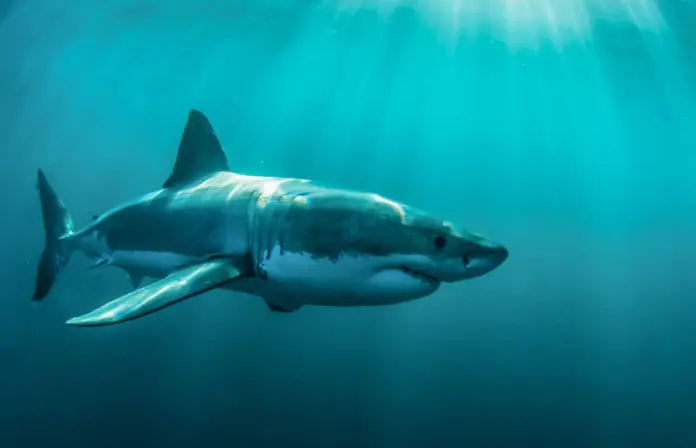Researchers at a university in Australia recently tested a prototype wetsuit that could potentially protect divers against shark bites.
Granted, such a wetsuit wouldn’t be able to counteract the force of a shark’s jaw, but it could mitigate damage to skin tissue and lower the loss of blood. The Australian government has even provided grant money for the project.
According to a study published last month in the scientific journal “Plos One,” two types of protective fabrics were tested that incorporate ultra-high molecular weight polyethylene fibers (UHMWPE) into widely used neoprene material in wetsuits, and compared their resistance to bites against standard neoprene without protective layers.
Associate Professor Charlie Huveneers from the Southern Shark Ecology Group said new technological advances in fabric have allowed the development of lightweight alternatives that can be incorporated onto traditional wetsuits:
“The aim of this study was to assess the ability of new fabrics incorporated into neoprene to reduce injuries from white shark bites. Our results showed that both fabrics tested may provide some protection against shark bite and could be used as part of a shark bite mitigation strategy. We tested the fabric on white sharks because it is the species responsible for the most fatalities from shark bites.”
The tests included 10 variants of two different fabrics using two laboratory tests, puncture and laceration tests, along with field-based trials involving great white sharks ranging in size from 3–4 meters (10-13 feet).
White shark bite force was also measured at the Neptune Islands Group Marine Park using load sensors placed between steel plates surrounded by foam, according to Huveneers:
“We found that the new fabrics were more resistant to puncture, laceration, and bites from white sharks than standard neoprene. More force was required to puncture the new fabrics compared to control fabrics (laboratory-based tests), and cuts made to the new fabrics were smaller and shallower than those on standard neoprene from both types of test, i.e. laboratory and field tests.”
While Huveneers said the results were positive, a lot more testing is still required:
“Although these fabrics may reduce blood loss resulting from a shark bite, further research is needed to measure the magnitude of injury to human flesh.”
For more info, check out the video below or read the full report here.

